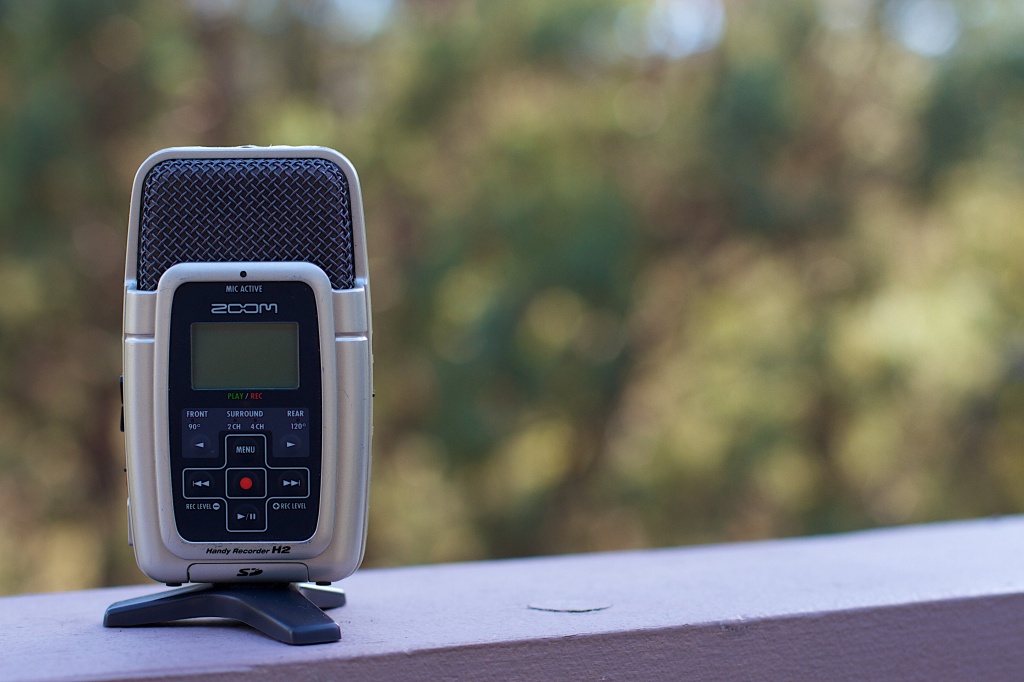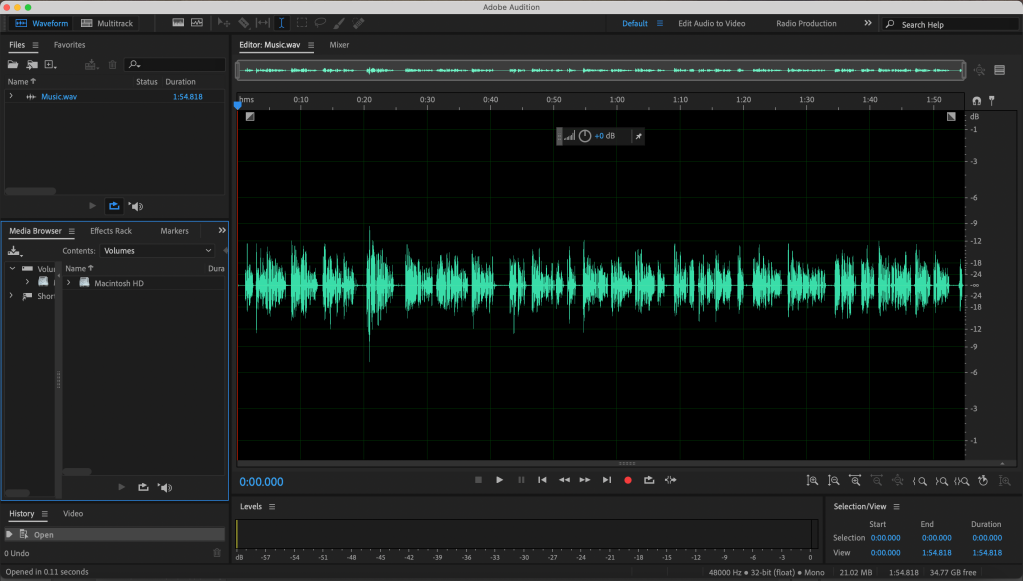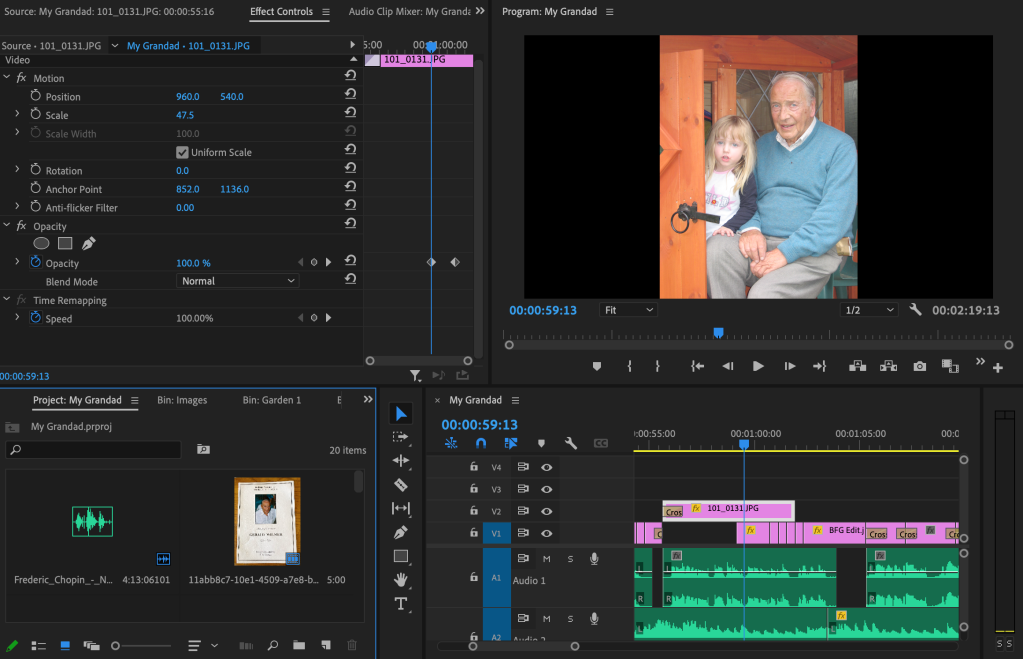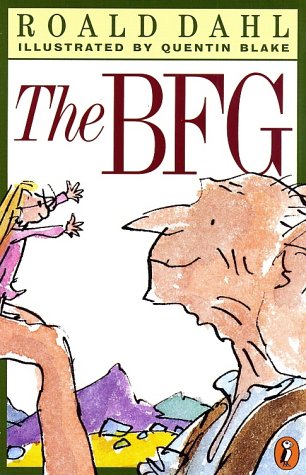I created my voice over a couple of weeks ago which I really enjoyed doing. Working with specialised equipment like the Zoom H2n-04 Microphone is exciting as it is usually not accessible to me.

Having just recorded another assignment’s audio on my phone, the difference in sound quality was immeasurable, effectively improving my digital story’s overall quality and especially knowing it will be screened in a lecture theatre. Recording was fun as my friend Emma and I paired up to help each other, adjusting the microphone’s levels and making sure we weren’t going over -6dB and going under -12dB. I took a few takes as I wanted to make sure I got the emotion right for every line – A weakness of mine is sometimes when reading something out, I lose the emotion in my voice so I tried very hard to make sure I got the right take for each line with this in mind. This is also why it was useful to have a friend with me, using her constructive criticism to help me decide which lines to redo. I then edited it in Adobe Audition:

I found this software extremely easy and intuitive to use, as a newbie to editing both audio and video, so I really enjoyed learning how to use these software programs as I felt they gave me recruitable skills in the future when trying to enter the creative sector so I’m extremely grateful for this.
Once my voice over was recorded and edited, I created a new sequence in Premier Pro and added both my voice over and Chopin’s ‘Nocturne’ to the audio, I made the decision to create a soundscape around the song by creating imagery of a composer starting the song, adding sounds of pages shuffling and a composer tapping his stand. I did this to create some audial depth, wanting my digital story to evoke imagery in people’s minds. Reuben stresses the importance of soundscapes, saying that a ‘mix between ambient sounds, sound effects, and instrumentation add another layer of complexity’ to a story (2020).

I then created my stop motion sequence with the assistance of my friend Emma, this behind the scenes photograph showing our elaborate set up, a tripod balancing on a living room table and Emma risking her life in the name of my digital story – Thank you Emma. It was a lot of fun creating this sequence as it felt like a creative way to animate my still family photos, making them seem alive and move across my white sheet. This stop motion, to me, represented the passing of time through our family’s history, Peterson pointing out still imagery’s function is ‘to initiate and constitute the narrative’ (2019).
This is how it turned out:
I found once I started editing my digital story, it was hard to stop, getting into the swing of it. A lot of the editing was just matching up the images to the voice over and making sure the clip had smooth transitions both in and out of the clips.
One of my favourite parts to edit was the ‘BFG’ sequence.

As you can see from the screenshot above, the way I edited this was to slowly decrease the opacity of the photo, revealing the photo of the BFG underneath this photograph. I then interchanged these two photos:


This creates a flashing technique, increasing the amount of movement within the piece and also makes the segment more childlike with the pop up of the roughly handwritten signs and arrows.
I was really emotional through the process of making this story, wanting to do my grandad justice and hoping he’d be proud of me. There’s something extremely personal about sharing a part of your life for an assignment, though what is nice about this project is it doesn’t feel much of an assignment due to how personal it is to me and how much fun I’ve had accessing the creative part of my brain. This project has made me excited for making future projects, this felt only like the beginning of telling my grandad’s story: Next time, I want to focus heavily on the history of our family, saving this for when I don’t have a word limit of 250 words.
Over the process of making my digital story, though an individual project, I relished in the constructive feedback of my teacher and also my course mates. I found their advice extremely valuable and I feel touched at how we’ve bonded over this module, gaining a view into people’s lives after the trust accumulated over sharing these personal parts. I’ve gained some friends on this module I will continue to cherish after the module is over, and for that I am truly thankful.
References
Peterson, Matthew, 2019, The production of narrative through static imagery: examples from a peculiar medieval illustration, Visual Communication, 18(2), pp. 279-293 DOI: https://doi.org/10.1177/1470357217749998
Reuben, Nic, 2020, Soundscapes As Stories: How Games Are Changing How We Experience Music, Available at: https://uppercutcrit.com/soundscapes-as-stories/ [Accessed 17 May 2023].

Leave a comment